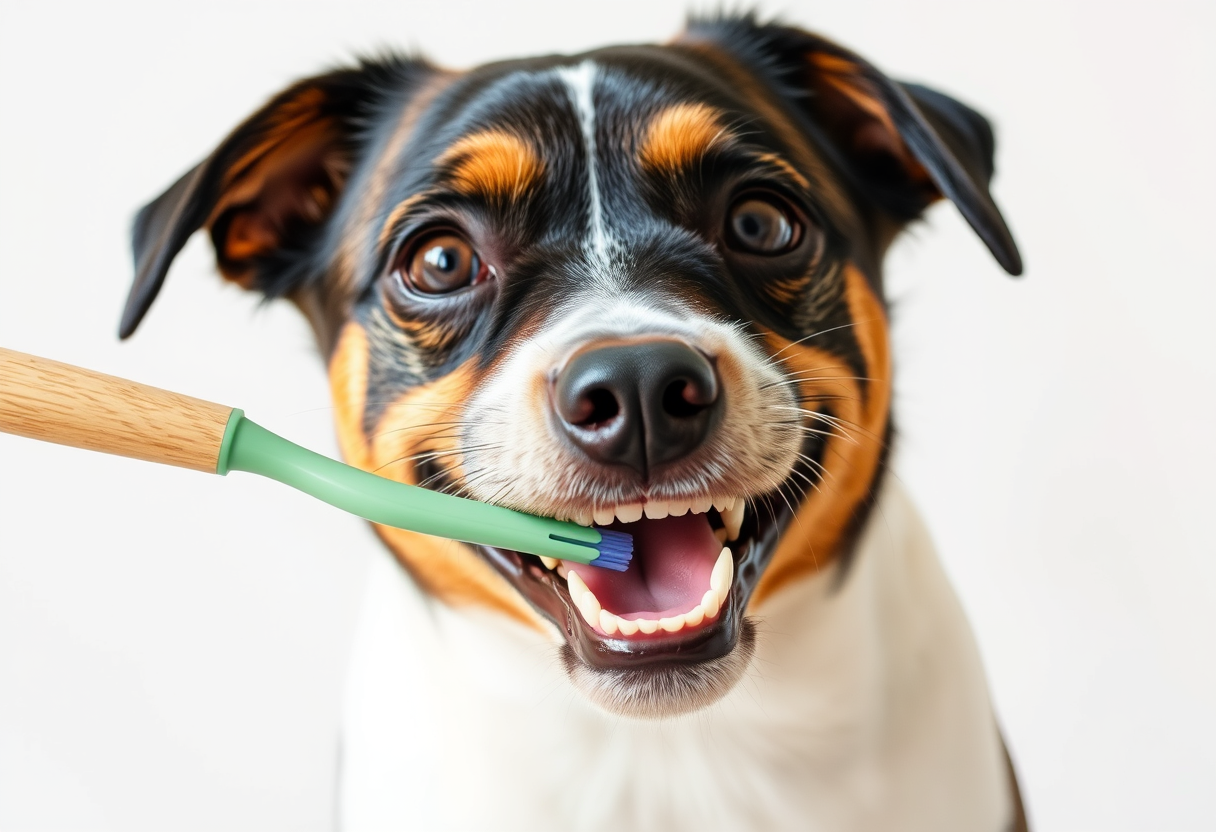Should I Brush My Pet's Teeth?
As a pet owner, you want to ensure your beloved companion lives a long, healthy life. One important aspect of pet care that often gets overlooked is dental hygiene. You may wonder, should I brush my pet's teeth? The answer is a resounding yes! In this post, we’ll delve into the reasons why brushing your pet's teeth is essential, how to do it effectively, and alternative dental care methods.
Why Dental Care is Crucial for Pets
Just like humans, pets can suffer from dental issues if their teeth are not properly cared for. Plaque and tartar can build up on their teeth, leading to periodontal disease, which can impact not just oral health but overall health. Bacteria from periodontal disease can enter the bloodstream and affect vital organs such as the heart and kidneys.
Understanding Pet Dental Anatomy
Before diving into brushing techniques, it's essential to understand your pet's dental anatomy. Pets typically have 28 to 42 teeth, depending on their species and breed. Each tooth plays a role in their ability to eat and maintain a healthy diet. Familiarizing yourself with your pet's mouth can help you identify potential problems early on.
Benefits of Brushing Your Pet's Teeth
- Prevents Dental Disease: Regular brushing helps remove plaque before it hardens into tartar.
- Freshens Breath: Brushing can significantly reduce bad breath caused by food particles and bacteria.
- Saves Money: Preventive dental care can save you from costly veterinary dental procedures down the line.
- Strengthens Bond: The process of brushing your pet's teeth can enhance your bond, as it requires trust and patience.
How to Brush Your Pet's Teeth
Brushing your pet’s teeth may seem daunting at first, but it can become a rewarding routine. Here's a step-by-step guide:
- Choose the Right Tools: Invest in a pet-specific toothbrush and toothpaste. Human toothpaste can be harmful to pets.
- Get Your Pet Comfortable: Allow your pet to sniff and taste the toothpaste before starting. Make it a fun experience!
- Start Slow: Begin by just introducing the toothbrush without brushing. Gradually work up to brushing.
- Use Proper Technique: Hold the toothbrush at a 45-degree angle to the gums and brush in circular motions.
- Brush Regularly: Aim to brush your pet's teeth at least 2-3 times a week for optimal results.
Signs Your Pet Might Need Dental Care
Be on the lookout for signs that your pet may need dental care:
- Bad breath that doesn't improve with brushing
- Red or swollen gums
- Loose teeth or teeth that are missing
- Difficulty eating or chewing
Alternative Dental Care Options
If brushing isn’t feasible for you or your pet, there are other options to maintain dental hygiene:
- Dental Chews: Many pet food companies offer dental chews that help reduce plaque and tartar.
- Water Additives: These can be added to your pet's drinking water to help reduce bacteria.
- Professional Cleanings: Schedule regular veterinary checkups, and discuss professional dental cleanings as needed.
Conclusion
Brushing your pet's teeth may seem like a chore, but it is a vital part of their overall health and well-being. By establishing a regular dental care routine, you can help prevent serious health issues and ensure your pet enjoys a happy, healthy life.

Final Thoughts
Ultimately, the decision to brush your pet's teeth should not be taken lightly. The benefits far outweigh the effort involved. With patience and the right approach, you can turn dental care into a positive experience for both you and your furry friend.